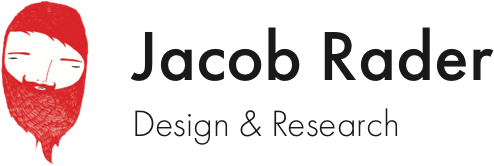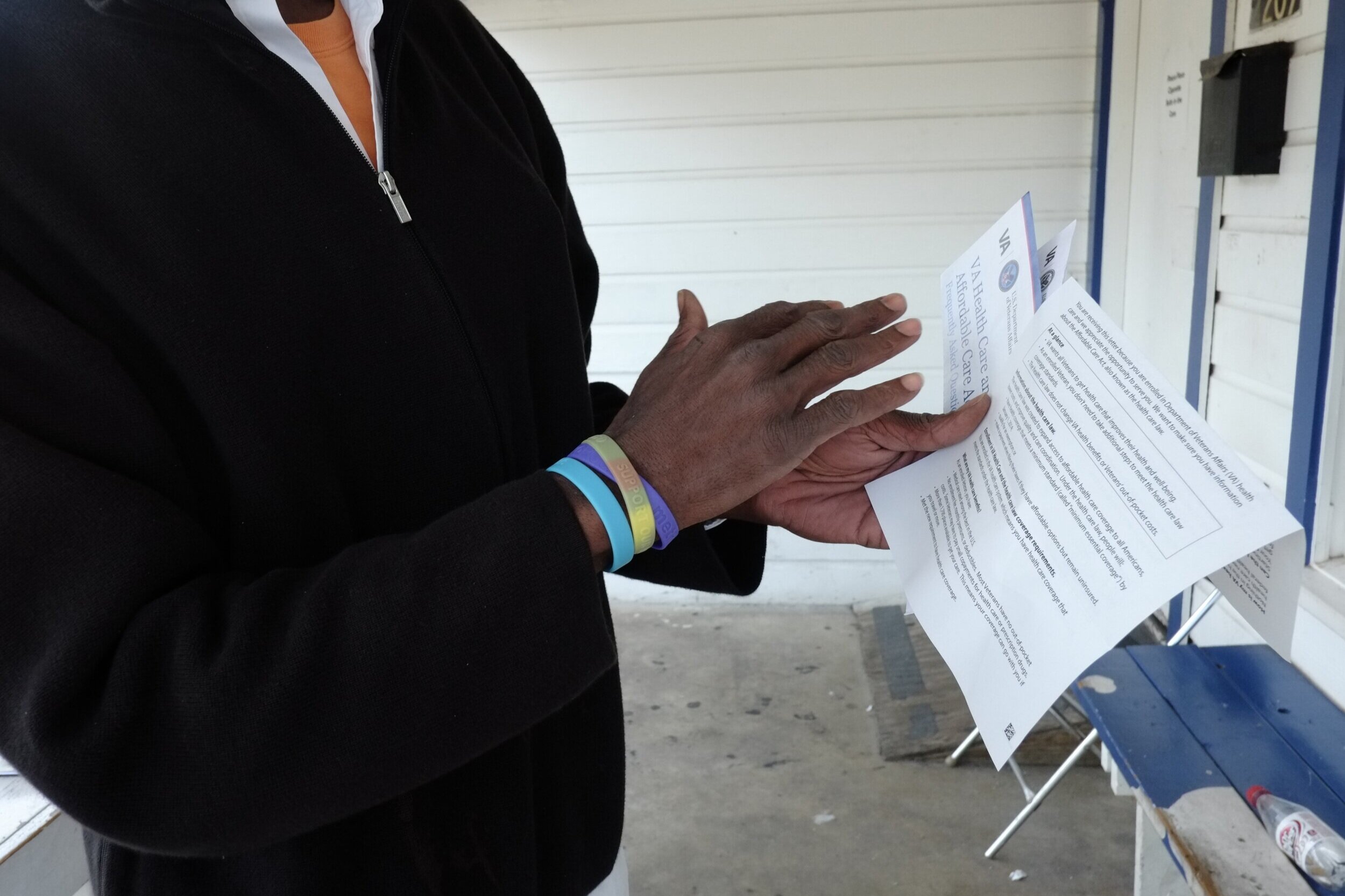
Stitch
A shared view of medical recovery that empowers patients, alleviates care providers, and improves health outcomes.
Stitch is a medical platform that provides patients with a human-focused and structured guide to navigating recovery after a medical event. By prioritizing patient stories alongside medical guidance, Stitch helps repair the fractured relationship between patient and care, fostering an active engagement in recovery. By humanizing the journey from sick to well, and encouraging conversation and connection throughout that journey, Stitch helps promote some of the best medicine out there—a sense of authority over your own health.
Our goal was to explore how our most at-risk members of society navigate their relationship with the healthcare system and develop an approach to help support their journeys.
Research
Our team took an ethnographic, immersive approach to understand the challenges we face when navigating the healthcare system. Our work took us into people's homes and into the facilities where care is administered. We talked to doctors, surgeons, nurses, and social workers. We even embedded with the Brackenridge medical record team to better understand how hospitals document the patient journey.
From our research, the themes that resonated most with us affected patients on a profoundly human level: fear evoked by interactions with the healthcare system, helplessness at not being heard by your doctors, and uncertainty during the healing process. These emotional themes were the ones that drove our insights and ultimately informed the design of Stitch.
Research with At-Risk Communities
Risk is a complex idea, usually oversimplified to the physical life and limb. Our participants were taking a risk by sharing intimate experiences with the medical system and their relationship with their health. It's our job as researchers and designers to respect and honor that risk. My understanding of how to work with different communities in respectful, equitable, and safe ways continues to evolve from the foundation set forth by this project.
Design
Stitch is designed to provide patients with a human-focused and structured guide to navigating recovery after a medical event. After a medical event, such as a surgery, the patient is sent a link to the Stitch page for their recovery. Once there the patient sees a step-by-step view of their recovery, structured into timely chunks of actionable knowledge. Each chunk provides the patient with medical guidance shared alongside patient stories.
In-addition, patients can select how the guidance is delivered by opting into email or text updates. Throughout their journey to recovery, patients are encouraged to share their experiences by adding their stories to Stitch.
Practical
Most of us spend our lives avoiding the medical system, so when our worlds inevitably intersect, it can feel overwhelming. Receiving information from your doctor or at the hospital checkout is like drinking from a firehose. We need models of care that are flexible, timely, and human-sized to encourage our critical participation.
Structured
Navigating the medical system can be complicated and confusing.. Patients are often asked to work in systems that aren’t made to support their journey. By presenting a clear structure and simple guida’re able to help support patients through this journey.
Collaborative
Authority in the medical system has always been with the professionals working in that system, and rightfully so. That knowledge is born from years of education and experience. However, this singular focus often dismisses the expertise and understanding of the patient. Stitch aims to create a collaborative view of medical knowledge, layering patient experience alongside clinical knowledge.
My Role
Stitch was part of my thesis at the Austin Center for Design. The work presented here was done in collaboration with Scott Gerlach and Bhavini Patel. Together we planned research, conducted interviews, synthesized data, modeled systems, mapped journeys, told stories, materialized concepts, built prototypes, tested assumptions, pitched ideas, and crafted business plans.












